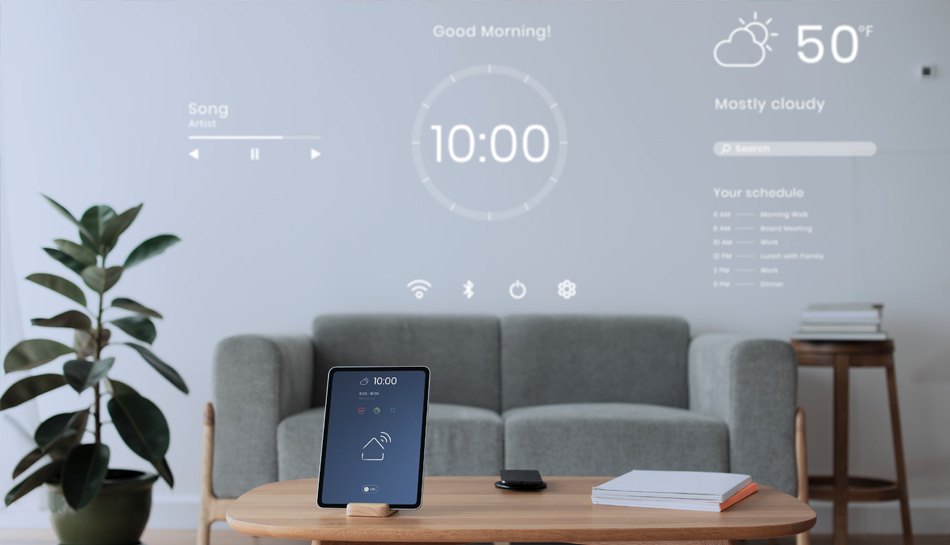A fully functional and inclusive home
Much is said today about technological advancement and the incredible things that have been and are being achieved today thanks to science and engineering. We can imagine that thanks to technology we can have a fully functional home, not to mention luxuries and comforts but a home that can be useful if you live alone or have a disability. This can be achieved with home automation.
As we commented in our newsletter last week (that if you are not registered you can do it here), Home Automation is called to systems that are capable of automating a home or building in general of any type and that can be integrated by means of communication internal and external, either wired or wireless. You can even control it from inside or outside the home.
We also comment on the uses that can be given to Domotics: programming and energy saving, comfort, security, communications and accessibility. I mention this to answer the initial question. How to have a functional home?
Let us take as a basis the point of accessibility, since this Home Automation utility includes remote control applications or installations of the environment that favor the personal autonomy of people with functional limitations or disabilities.
Based on the Design for all concept (which is a philosophy that aims for the environments, products, services and systems to be used by as many people as possible), Domotics in this aspect is used to meet people's functional limitations. The objective is to promote their personal autonomy, without depending on other people (remember that technology itself is not an objective but a means). Thus, those who receive this technology are all people, apart from some condition of disease, disability or old age.
How do we use Home Automation in the case of people with disabilities? In the following examples:
- - In the registration and control of the consumption of services in real time: water, electricity, gas, air conditioning, etc.
- - In remote surveillance of distant or inaccessible places for that person.
- - In the transmission of the user's information with their relatives in a constant and automated way.
- - In the possibility of issuing emergency messages or activating alarms if necessary.
- - In the programming of preconfigured environments with several linked devices.
These are just a few examples. As well as there are different applications for other purposes, such as comfort (turn lights on or off with voice commands) or security (fire detectors and alarms). Which of these other apps would you like more information about? Comment on it and we will gladly provide you with the necessary tools for knowledge.


